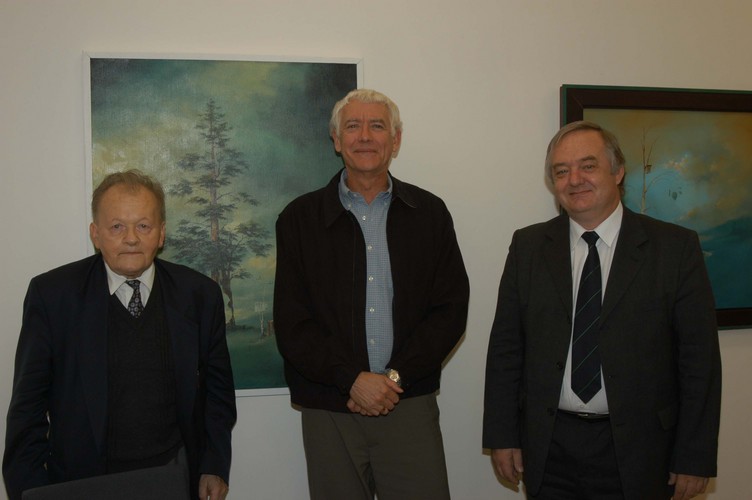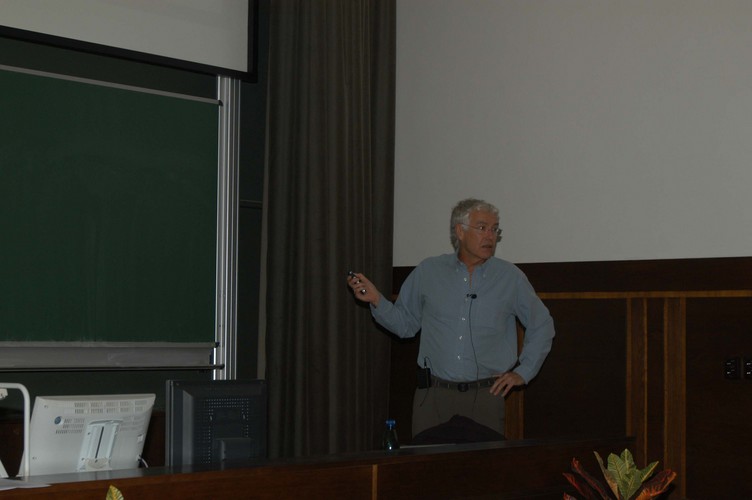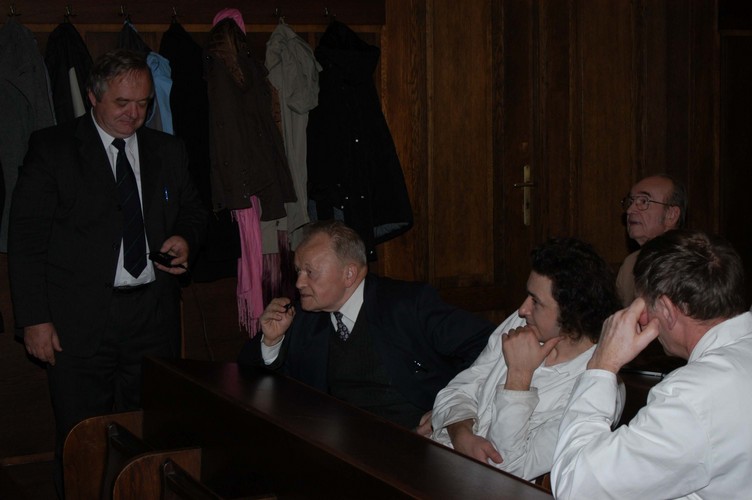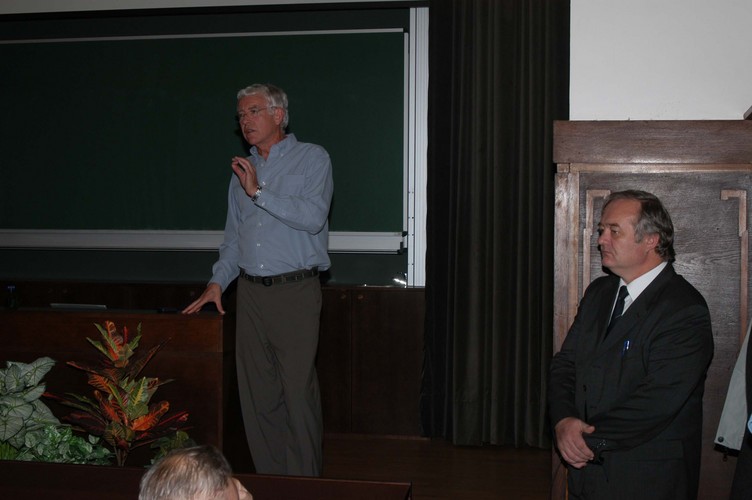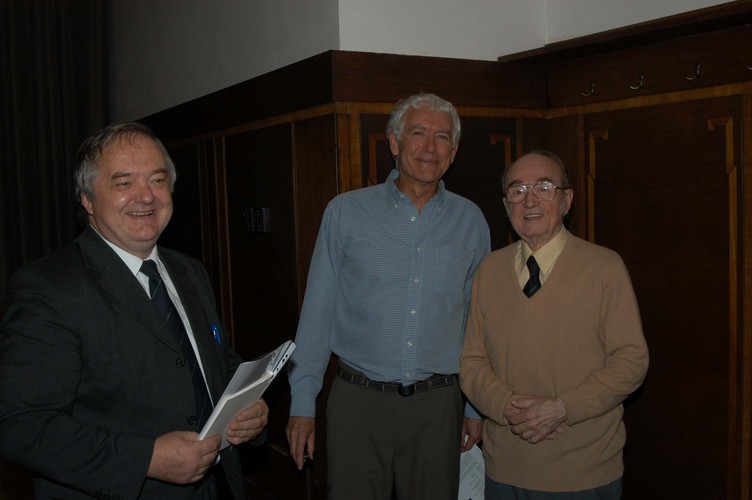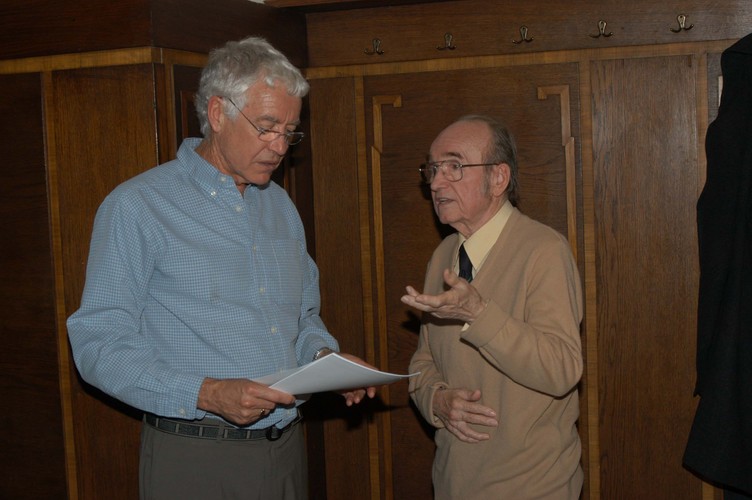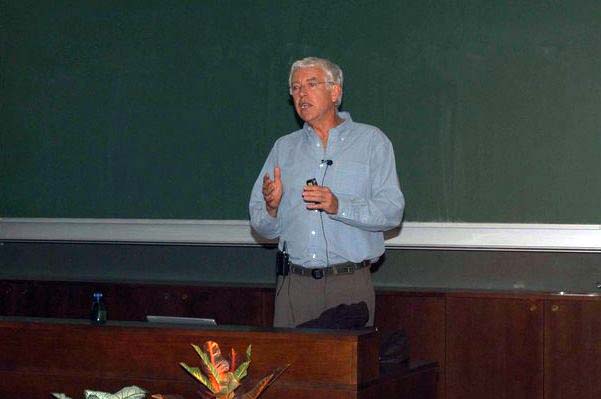
Prof. Peter A. Jones (University of Southern California, Los Angeles, CA, USA)
The Prague Azanucleoside Drugs and the Beginnings of Epigenetic Therapy
Abstract
The nucleoside analogs, 5-azacytidine and 5-aza-2’-deoxycytidine, were synthesized in the Institute of Organic Chemistry and Biochemistry in Prague in the 1960s. These drugs were initially designed to function as cancer chemotherapeutic agents which would be toxic to cancer cells. They were tested in the United States in the early 1970s and showed some activity against acute myelogenous leukemia. Our interests in the azanucleosides was sparked by observations that they had profound effects on the differentiated state of cells. Micromolar concentrations of either chemical induced cellular differentiation several days or weeks in mouse embryo cells. Subsequently, we discovered that both compounds were powerful inhibitors of DNA cytosine methylation after they had been incorporated into DNA and their abilities to turn on genes were related to this activity. Subsequently, they have been used in thousands of studies in culture to activate silenced genes. They have also been used to unmask tumor suppressor genes which have become inappropriately silenced by promoter hypermethylation in cancer cells. Recent excitement with these chemicals has been engendered by the approval for their use in myeloid dysplastic syndrome by the United States Food and Drug Administration. We call this therapy “epigenetic therapy” because of the ability of the drugs to activate genes which have become inappropriately silenced during cancer formation. The synthesis of the azanucleotides in the 1960s has therefore had great impact in our understanding of epigenetic processes, in gene discovery and now in patient treatment.
